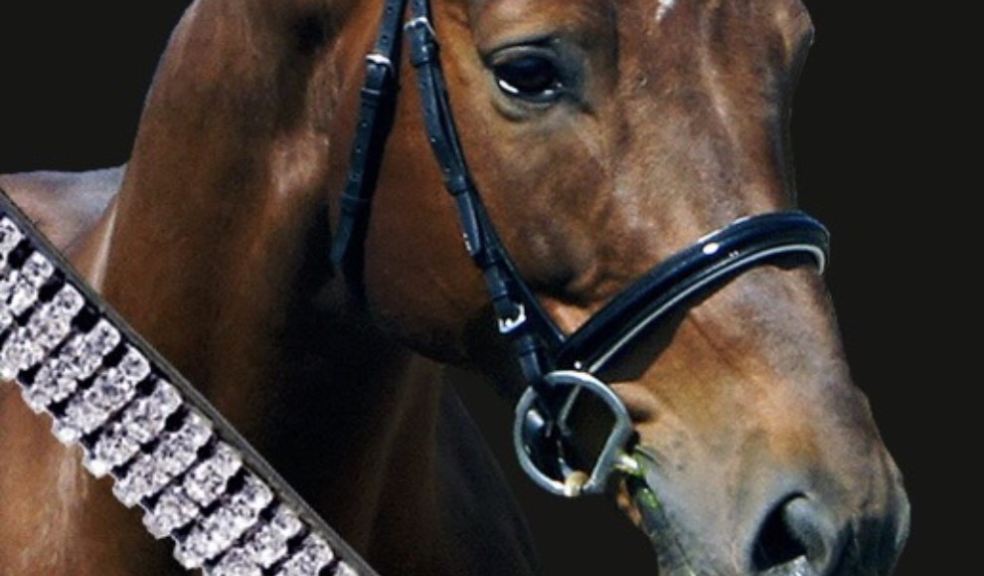
A Beginner's Guide to Horse Bridles: How Do They Work?
Horse bridles play a crucial role in helping riders communicate with their horses and guide them through various activities. From the sleek design of the English bridle to the gentle pressure of the bitless bridle, there's a bridle out there for every horse and rider. Whether you're a seasoned equestrian or just starting out, understanding the components, types, and function of horse bridles is an important step in becoming a more confident and effective rider.
Choosing the Right Bridle for Your Horse
When choosing a bridle for your horse, it's important to consider a few factors. A good starting point is to think about what type of riding you'll be doing. Different riding disciplines have different requirements for the bridle and bit, so it's important to choose a bridle that is appropriate for your intended use.
The fit of the bridle is of utmost importance as well. A poorly fitting bridle can cause discomfort and even pain for your horse, so make sure to try it on and adjust it until it fits comfortably. You'll want to ensure that the headstall fits snugly without being too tight, and that the noseband is snug enough to prevent the horse from opening its mouth, but not so tight that it restricts breathing.
The materials and design of the bridle must also be taken into account. You'll want to choose a bridle that is made of high-quality materials that will last a long time and hold up to regular use. Leather is a popular choice for its durability and traditional look, but there are also synthetic options available that are more affordable and easier to clean.
Parts of a Horse Bridle
The Headstall
The headstall is the upper portion of the horse bridle that rests on the horse's head and provides a secure and stable connection between the rider and the horse. The headstall holds the bit in place and is typically made of leather or synthetic materials. It is designed to be comfortable for the horse and allow for a smooth, even distribution of pressure from the reins.
The headstall usually consists of two cheekpieces that attach to the bit and a browband that runs across the horse's forehead. The headstall is adjustable, allowing the rider to adjust the fit to suit their horse's unique head shape and size.
The Bit
The bit is among the most important components of the bridle, and it's the part that is most likely to cause discomfort for the horse if not chosen carefully. Different types of bits apply pressure in different ways, from simple pressure on the horse's tongue to more complex pressure on the horse's poll (the top of its head) and chin. When choosing a bit for your horse, consider the horse's mouth and jaw structure, as well as its sensitivity and experience level.
Bits come in a variety of materials, from stainless steel to copper to sweet iron, and each type of material has its own properties that can affect the horse's mouth and behaviour. Some bits also have additional features like ports, curves, and jointed areas that can alter the pressure points and the way the bit functions.
Bitless Bridles
While the bit is a key component of most horse bridles, some riders prefer to use a bitless bridle. Bitless bridles use pressure points on the horse's face instead of a metal bit, and they're favored by riders who believe in a gentler, more natural approach to riding.
Bitless bridles come in a variety of designs, from simple halter-style bridles to more complex bridles with multiple pressure points. When choosing a bitless bridle, consider the horse's sensitivity, experience level, and the type of riding you'll be doing.
Reins
The reins are the part of the bridle that the rider holds, and they're the main tool used to communicate with the horse. Reins come in a variety of materials, from leather to synthetic, and different lengths to suit different riding styles. When choosing reins, consider the thickness and grip of the material, as well as the length and type of snap or buckle used to attach them to the bit.
Nosebands
This part goes around the horse's nose and serves a few different functions. Nosebands help to keep the horse's mouth closed and prevent it from grabbing the bit with its teeth. Some nosebands also have a pressure point on the horse's nose to help guide it in certain directions or provide additional control.
How Bridles Work
Horse bridles work by providing the rider with a tool to communicate with the horse and guide it through various activities. The rider holds the reins and uses them to apply pressure to the horse's mouth, which the horse will interpret as a signal to respond. Depending on the type of bridle, the bit or noseband may also apply pressure to specific points on the horse's head and face, helping the rider to guide the horse's movement.
The headstall of the bridle provides a secure and stable connection to the horse's head, allowing the rider to apply pressure and guide the horse through its movements. The noseband helps to keep the horse's mouth closed and prevent it from grabbing the bit with its teeth, while the reins provide the rider with the ability to control the horse's speed and direction.
Overall, horse bridles are essential tools for riders, helping them to communicate effectively with their horses and guide them through various activities. Each part of the bridle has a core function, and understanding how all the parts work in cohesion can hold the key to mastering communication with your horse.










